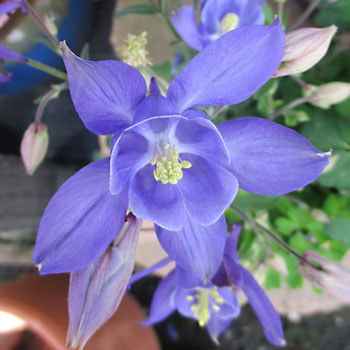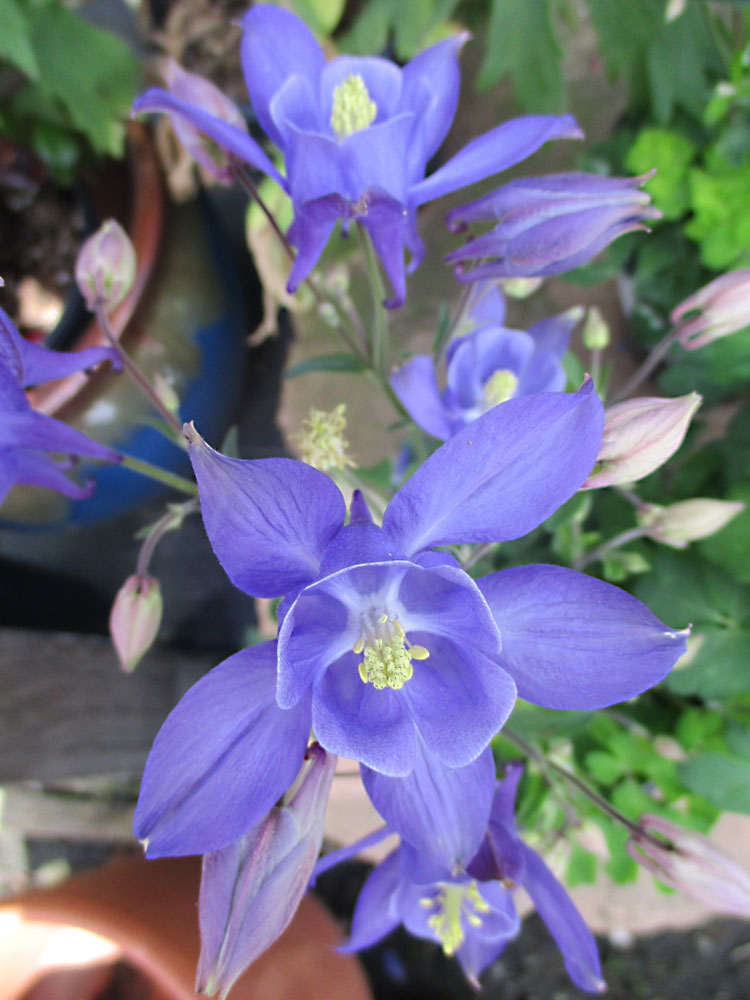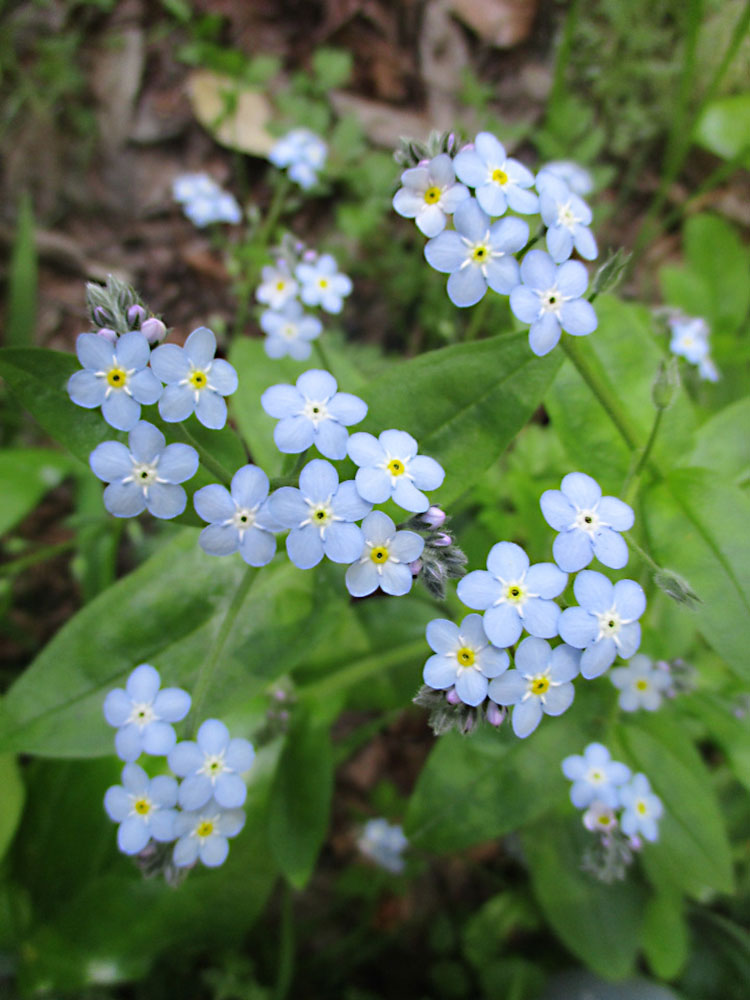By Tony Tomeo
The majority of common pollinators are not impressed with blue. Otherwise, more flowers would be blue. After all, floral color appeals to pollinators. Each type of pollinator prefers specific colors. Plants customize their floral color to their preferred pollinators. If more flowers could attract more pollinators with blue, they would do so. Instead, they rely on colors that have worked well for them.
Green is actually the most common floral color. It is not obviously common because green flowers are generally ignored. They are the sort that rely on wind for pollination, so make little or no effort to draw attention. They are also the sort that produce the most and worst pollen, which gets carried farthest by the wind. Flowers that rely on pollinators produce coarser pollen that clings to things.
Of the many other colors that appeal to pollinators, most are significantly more complex than they appear. For example, what appears to be simple orange may appeal to pollinators that perceive it to be yellow, as well as those that are drawn to red, even if none are interested in orange. Different pollinators perceive different color ranges. Insects do not perceive red; but hummingbirds do.
That certainly could not explain why blue is such an uncommon color for flowers. It surely has more of a following than red, which is more common among flowers. Since most pollinators perceive blue, more flowers should utilize it. They could even add some ultraviolet or infrared to it, if that would make it more appealing. Nonetheless, true blue, without the influence of purple, is quite rare.
Lily-of-the-Nile and blue dawn flower are some of the more substantial species that provide exquisitely blue bloom. A few cultivars of butterfly bush bloom true blue too, but the color is not so clear and bright. Delphinium, bellflower, squill and grape hyacinth are smaller, but worthy perennials for the richest blues. Petunias, lobelia, nigella, cornflower and columbine are blue blooming annuals.
Many iris, sage and lupine provide exquisitely true blue bloom as well.
•••
Forget-me-not
Alaska, the biggest state in America, claims one of the most diminutive state flowers; their native alpine forget-me-not, Myosotis alpestris. Common woodland forget-me-not, Myosotis sylvatica, is the more familiar species here. It is not as common as the name implies though. Where naturalized, it stays within riparian or coastal situations, where the soil does not stay too dry for too long.
Forget-me-not is not notably popular in home gardens nowadays either. Of course, that only means that it is not often planted intentionally. Like violets and alyssum, it can proliferate where it gets a bit of water. Those who recognize it as more than a weed often leave it to provide delightful sky blue bloom until it succumbs to the warmth of summer. It is pleased to toss seed for the next year.
Common woodland forget-me-not is an annual, or at most, a biennial. Self sown seed starts to germinate through autumn, and grows into plants that can bloom before the end of winter. Manually sown seed wants to be in the garden early too, even if it grows slowly. New plants are too delicate to be commonly available in nurseries. Mature plants are less than a foot tall and two feet broad.
•••
Horticulturist Tony Tomeo can be contacted at tonytomeo.com



